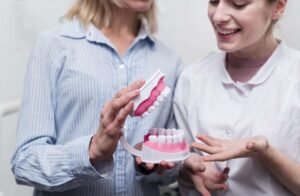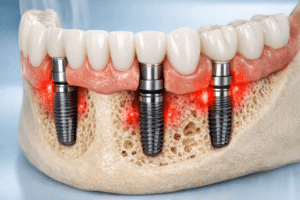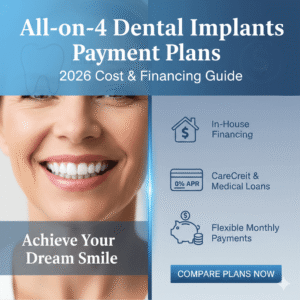Many people are searching for dental crown and ways to reduce their dental crown cost without sacrificing quality. Traveling abroad for treatment is becoming a smart, budget-friendly solution — and with Dolly’s Dental, it’s not just safe, it’s a proven way to save big while getting world-class results.
Don’t overpay for your smile — book your free consultation today and discover how much you can save on your dental crown cost with trusted international specialists!
Table of Contents
ToggleHow Much Do dental crown cost In Turkey?
In addition to saving a considerable amount of money, visiting Turkey’s tourist locations is another great advantage. While crowns may be expensive in the UK or Spain, Turkey offers an affordable dental crown cost, often ranging from $150 to $350 per tooth, depending on the clinic and materials. For example, the ceramic crown cost may vary slightly compared to metal or zirconium options. If you’re comparing the crown teeth price abroad, remember that dental crown cost with insurance can be different, so always check your dental insurance for crowns and implants before you travel. Many safe clinics handle everything for you, from your flights to hotel stays. A crown procedure typically takes 3–4 visits over 5–10 days, letting you enjoy a new smile and a vacation at once.
How Much Is The Crown Per Tooth Cost?
Depending on the materials used and where you get it attached, the average price of a crown ranges from $800 to $2,000. The crown is custom-made to fit precisely over the damaged tooth, restoring its size and function. Temporary crowns may cost $250 to $800 depending on material. Options like metal, porcelain, ceramic, or resin all affect the average price of a dental crown. The typical cost for a crown can run from $800 to $3,000, factoring in labor, sedation, or root canal work if needed. Dental plans often cover up to 50% of the total cost, which helps reduce out-of-pocket expenses. However, patients without insurance could pay anywhere from $250 to $3,500 per crown depending on location and complexity.
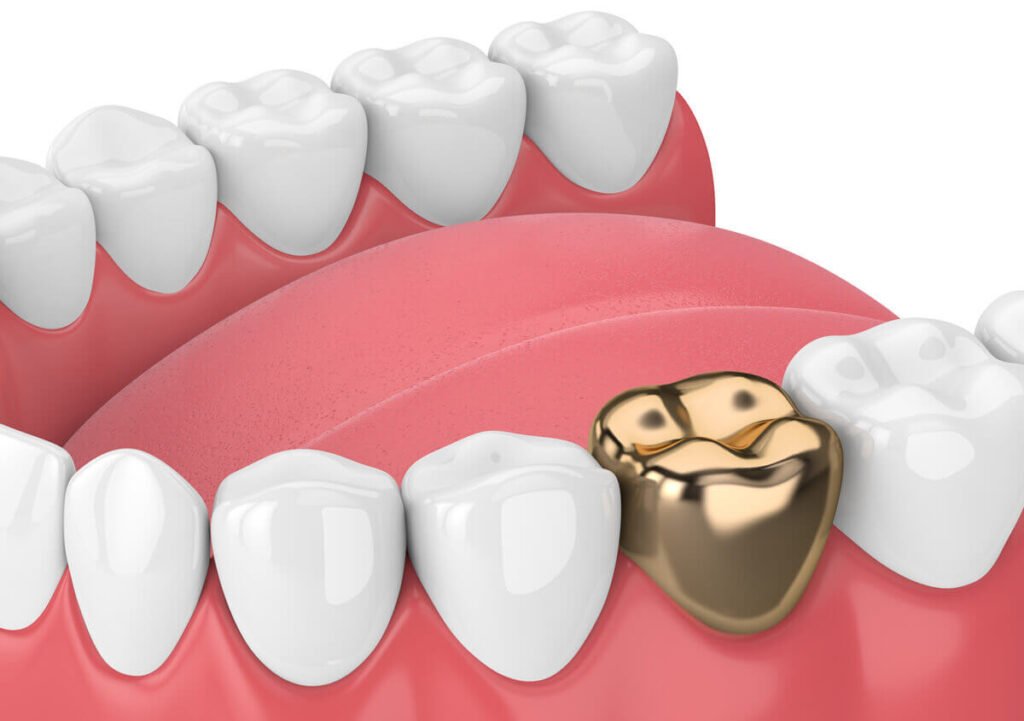
How much does insurance pay for dental crowns?
Coverage for crowns varies by dental plans. Some plans pay less than 40% of the dental crown cost, or have an allowable expense cap that’s much lower than what you actually pay. So a plan with a $1,200 new crown cost might pay only $160, leaving you to cover the rest. Even if a plan covers 50–80%, the cost crowns per tooth can still exceed yearly limits, especially if you need multiple or porcelain crowns. Many patients looking at the cost of full mouth crowns find that hidden limits and plan restrictions make coverage unpredictable. Porcelain crowns, in particular, often face reduced payments or outright denials due to hidden plan limits. It’s wise to check what’s covered and not rely on outdated plan details. This is why verifying your coverage before treatment helps avoid unpleasant surprises with your final dental crown cost.
Coverage for dental crowns depends on your plan — some pay less than 40% of the dental crown cost, while others have low caps that leave you with big out-of-pocket bills. For example, if your new crown is $1,200, you might get only $160 covered. Even with 50–80% coverage, the cost crowns per tooth can still push you over your yearly limit, especially for multiple crowns or premium options like porcelain. Always confirm what’s covered — whether it’s a Dental Crown Front for visible teeth or permanent crowns for long-lasting results. Reading the fine print helps you choose the right dental crown for teeth and avoid surprises.
Does Private Insurance Cover dental crown cost ?
Dental crowns, or tooth-shaped caps, are often used to restore and protect damaged teeth. With advancements in materials, crowns can be metal, porcelain fused to metal, or all-porcelain, each offering unique benefits for a natural smile. However, understanding the dental crown cost can feel overwhelming, especially when out-of-pocket expenses vary. Prices for crowns typically range from $800 to $2,500 depending on the lab, materials, and your unique dental needs. If you’re worried about the cost of replacing a crown in tooth, it’s smart to check if your insurance covers part of the expense. Always confirm coverage details, annual limits, and dentist networks ahead of time to avoid unexpected dental crown cost surprises and ensure you’re paying the best rate for the crown you need.
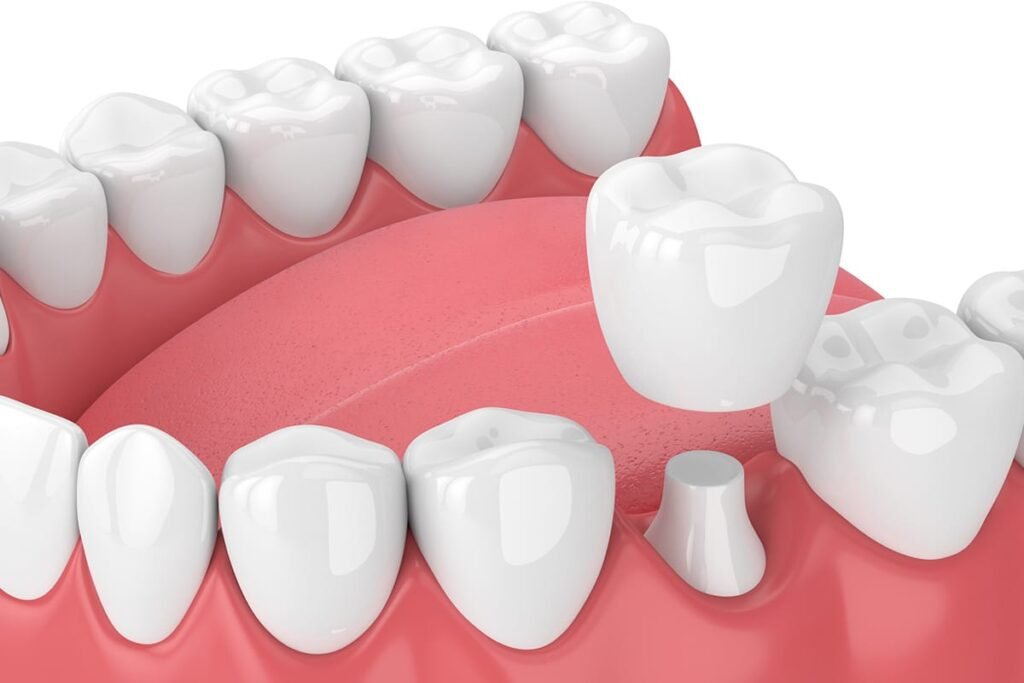
Pros and cons of getting a dental crown
While dental crowning is primarily done to restore the shape and functionality of residual teeth, it also has its fair share of pros and cons. Getting a crown can save a damaged tooth and prevent further decay or shifting, but it’s not a perfect substitute for your natural tooth. Many people worry about the dental crown cost, especially since it involves removing part of the healthy tooth structure permanently. If the remaining tooth can’t support a crown, a more expensive implant may be needed instead, adding to your total dental crown cost. Crowns also require careful cleaning to avoid plaque buildup and gum inflammation. Despite these drawbacks, for many patients, the investment in the dental crown cost is worth it to restore chewing ability, reduce sensitivity, and protect other teeth from shifting or further damage.
I García-Espona, E García-Espona, JA Alarcón… – BMC Oral Health, 2023 – Springer. European inequalities and similarities in officially recognized dental specialties. springer.com
Cited by 14
S Khijmatgar, M Tumedei, G Tartaglia, M Crescentini… – BDJ open, 2024 – nature.com. Fifteen-year recall period on zirconia-based single crowns and fixed dental prostheses. A prospective observational study. nature.com
Cited by 5
MC Cappiello, AV Durán, YO Crystal, S Bagattoni… – Scientific Reports, 2025 – nature.com. Comparison of aesthetic perception and acceptability of silver diamine fluoride staining between Spanish and Italian parents. nature.com
S Valenzuela-Lamas, MDZ Bonilla, S Albizuri… – Journal of …, 2023 – hal.science. Carefully sourced, carefully managed: multi-isotopic analysis from Bronze and Iron Age equid teeth from Can Roqueta (Barcelona, Spain). hal.science
Cited by 3
TM Herrera-Escudero, DA Toro… – Forensic Science …, 2024 – Elsevier. How teeth can be used to estimate sexual dimorphism? A scoping review. sciencedirect.com
Cited by 8

